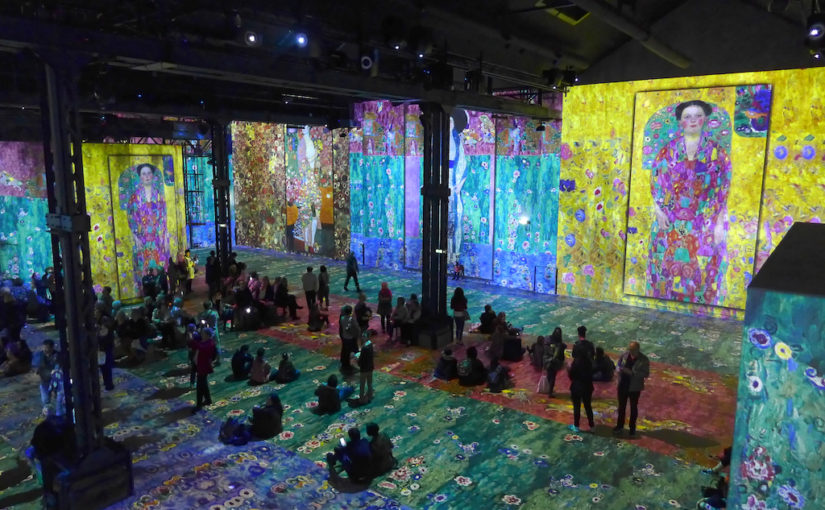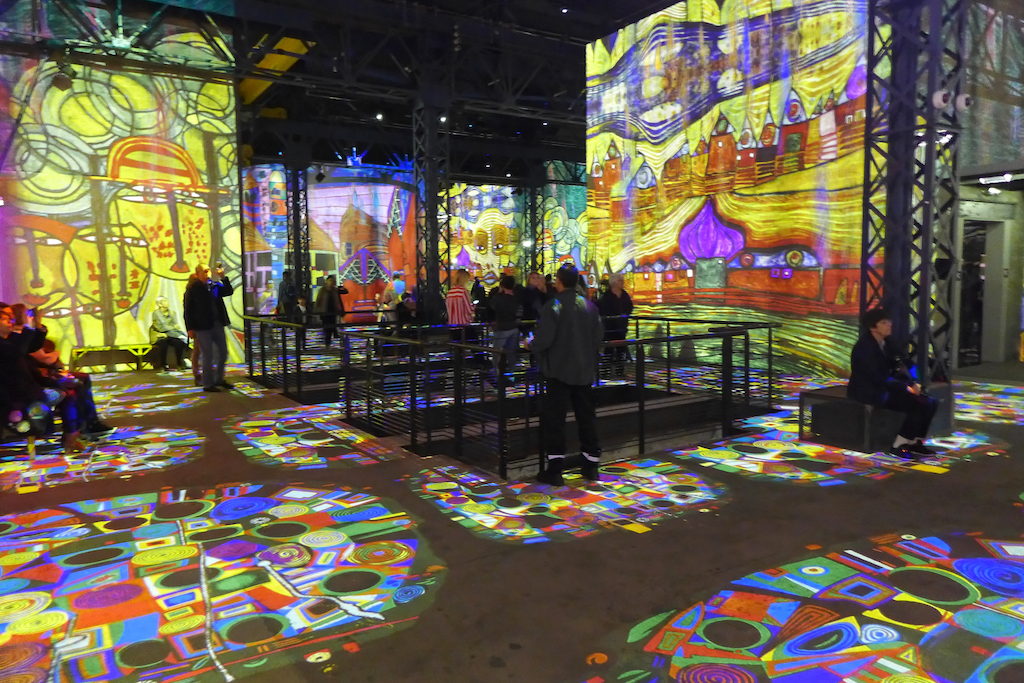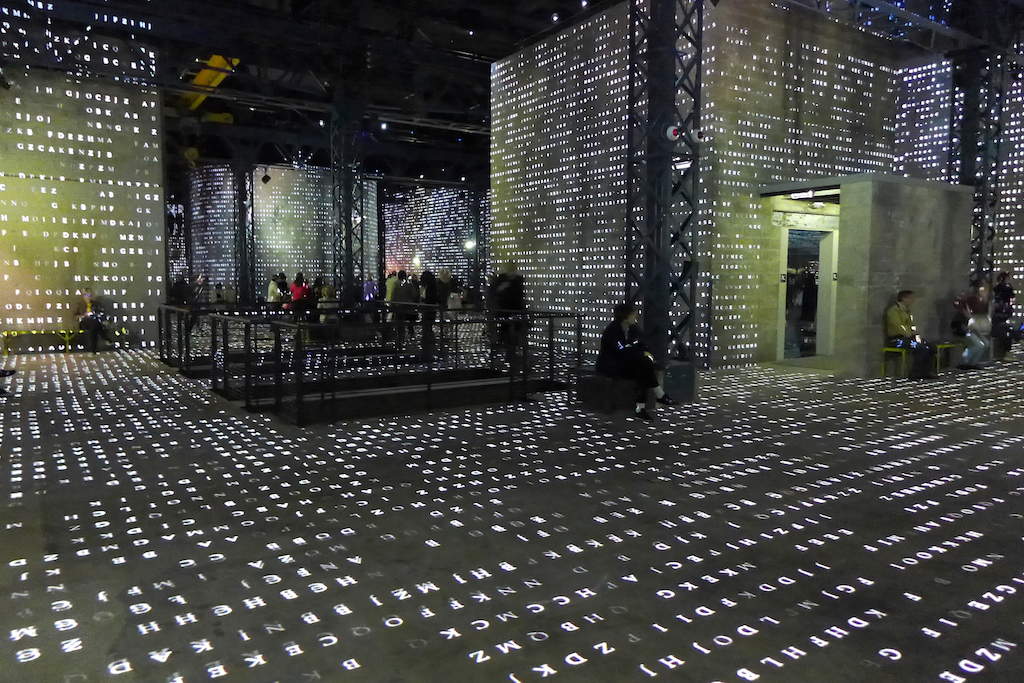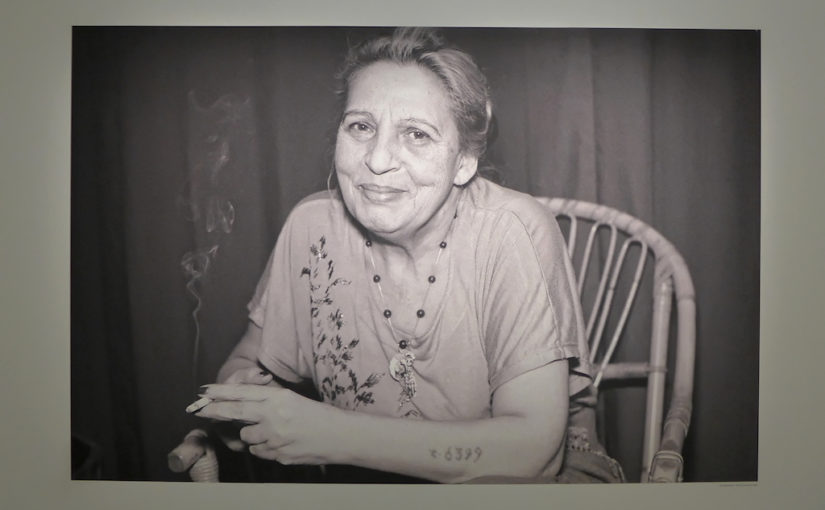A new spot dedicated to the famous Swiss sculptor Alberto Giacometti (1901-1966) has just opened in Paris. It is called: L’institut Giacometti and it is not one more museum but a completely different place which enables to be admitted into the artist’s private life. One thought one knew everything about the sculptor whose works are so familiar. By visiting l’Institut Giacometti one realizes that one still has a lot to learn: a true delight!
an Art Deco Private mansion in Montparnasse
The building chosen to welcome the Institute used to be the house of the French decorator Paul Follot (1877-1941) and is a superb listed monument. It has been beautifully renovated, the interior design and the Art Deco period decorations are outstanding: panelling, furniture, fireplaces, stained-glass windows, tiled floors…
The private mansion is located in the area of Montparnasse, where so many artists used to live in the beginning of 20th century and where many artists’ studios can be seen or visited today. It is standing in a quiet street along the Montparnasse Cemetery whose trees can be seen from inside the house. Alberto Giacometti had his studio nearby, on 46 rue Hippolyte Maindron, from 1926 until his death.
The reconstruction of Giacometti’s studio
As soon as one enters the building, one is immersed in the life and works of the sculptor thanks to the reconstruction of his studio. One has a seat on one of the steps in front of it and admires the tiny studio where Giacometti used to work. Everything has been faithfully reconstucted: From the bed where the artist used to rest to his last sculptures and to the walls covered with drawings; and on the table, from the paintbrushes and pencils to his glasses and ashtray.
Giacometti’s studio had been immortalised by famous photographers such as Doisneau or Brassaï. It is part of the myth of the artist and a key to better understand him and imagine him live and work.
Such a close and intimate relationship with the artist is really unique and is part of what makes the Institute a must-visit!
The exhibition of never seen sculptures
The seventy artworks exhibited in the reconstruction of Giacometti’s studio had never been shown before. Some other masterpieces are exhibited for the first time by the Institute in the various rooms of the house. My favourite is the group of the Women of Venice (painted plaster 1956), remarkably exhibited in the library on the first floor: so moving!
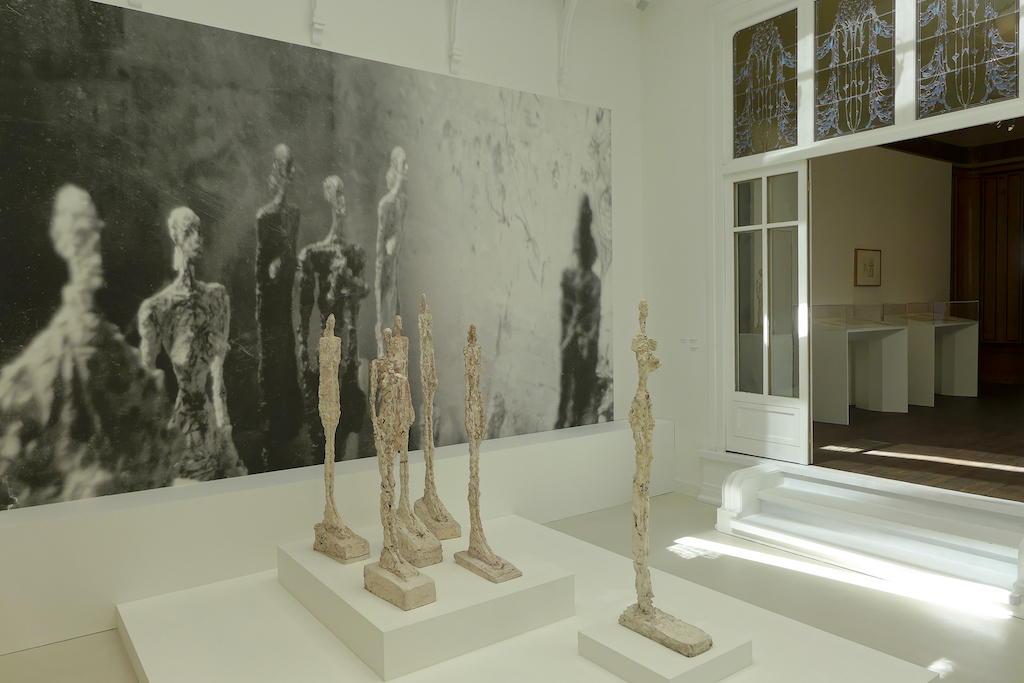
I also like the Cage, which evokes the space of a room with a man and a woman whose spread arms suggest the opening of a curtain giving access to a world of pleasure. Not easy to photograph… I let you discover it during your visit!
Here are some other works:
Several temporary exhibitions will take place there all along the year. All of them will aim to come close to the life and work of Giacometti through another eye. The first one: ‘Giacometti’s studio as seen by Jean Genet’ makes the sculptor and the writer converse together. The interaction between both artists is beautifully depicted through their respective works. One can sit next to the fireplace and listen to Jean Genet reading his text, the Giacometti’s studio. And one can admire the beautiful Portrait of Jean Genet painted by the sculptor. Some photographs and videos show the friendship between the two men.
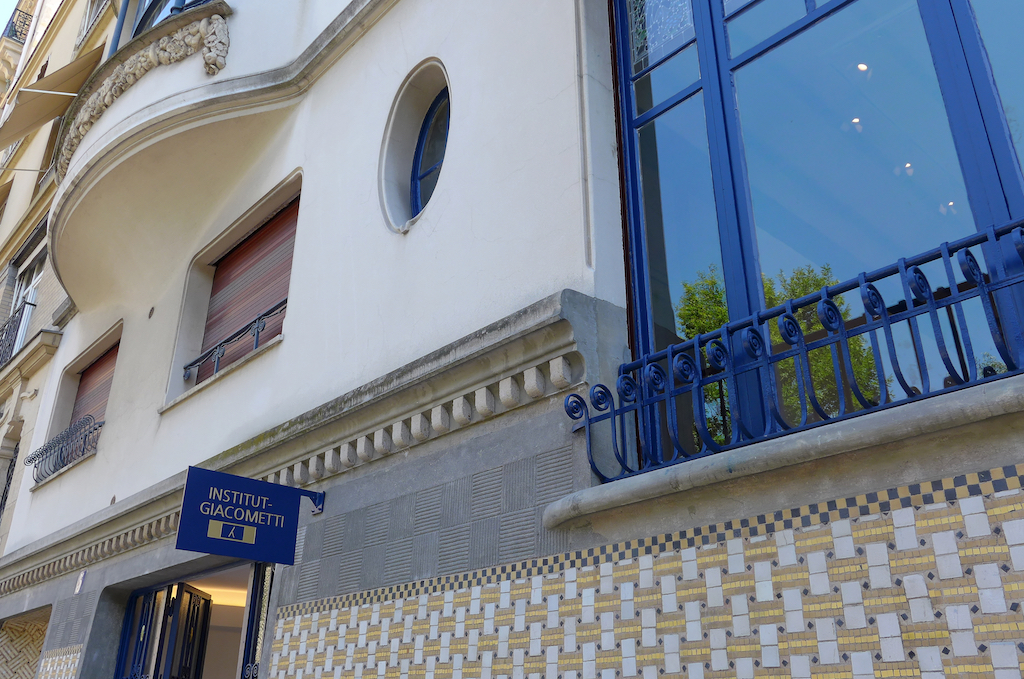
I highly recommend you the visit of this elegant and cozy place. As told before it is not a museum and one cannot buy tickets on the premises. One has to book in advance on the website of the Institute and choose a time of visit. Only 40 visitors are allowed per time slot, which reinforces the feeling of privacy and closeness to the artist. I love it!
Practical information : Institut Giacometti – 5 rue Victor-Schoelcher 75014 – Exhibition ‘L’atelier d’Alberto Giacometti vu par Jean Genet’ – Until 16 September 2018 – 10am-5pm – Advanced booking only
Christine Bokobza – Good Morning Paris The Blog – www.goodmorningparis.fr











